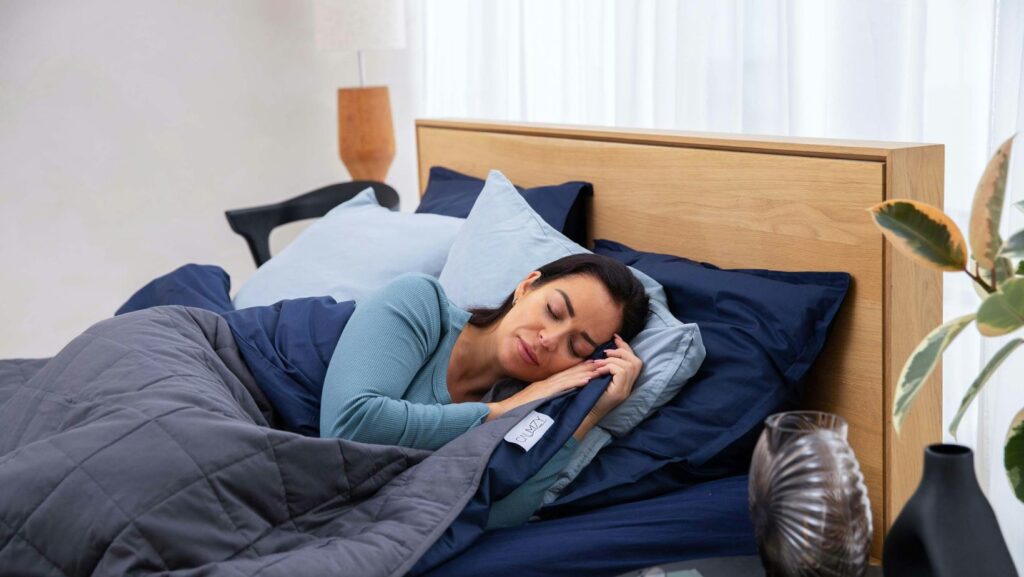In an age of constant connectivity and overwhelming expectations, anxiety and pressure have become common threads in the fabric of everyday life. Whether it’s the persistent stress of academic achievement, career advancement, or social obligations, many people are seeking better ways to manage their mental well-being. Interestingly, a powerful solution is emerging not from medical breakthroughs or expensive therapy, but from something fundamentally human: peer networks.
These communities—both online and offline—are playing a pivotal role in reshaping how individuals understand, confront, and navigate mental health challenges. They offer a unique blend of shared experience, mutual empathy, and real-world advice that formal systems sometimes lack. But how exactly are these networks influencing our response to anxiety and pressure?
The Shift From Isolation to Connection
Traditionally, mental health struggles were often faced in solitude. Many people avoided speaking openly about anxiety or depression due to societal stigma or fear of being misunderstood. Peer networks are reversing that dynamic by creating spaces where vulnerability is normalized. Within these groups, sharing personal stories is not only accepted—it’s encouraged.
Online platforms like Reddit communities, Discord servers, and private Facebook groups allow people to find others with similar challenges. Offline, support groups and peer-led workshops provide safe environments for discussing what it means to live with anxiety. This connectivity fosters a sense of belonging, which can reduce the emotional isolation that fuels anxiety.
Empowerment Through Shared Experience
One of the most powerful aspects of peer support networks is the emphasis on lived experience. Unlike clinical advice, which is often general or theoretical, the insights shared in peer groups are grounded in real-life situations. Hearing someone describe how they handled a panic attack during a job interview, or how they navigate social anxiety at family gatherings, creates a level of relatability that textbooks can’t offer.

Moreover, witnessing someone else’s progress or resilience instills hope. It sends the message that managing anxiety is possible—not by erasing it, but by learning to live and grow through it. This is particularly valuable for young adults and teens, who may be encountering severe stress for the first time and feel overwhelmed by the unknown.
Peer Support in the Digital Age
Technology has not only expanded the reach of peer networks but also diversified their formats. Apps like TalkLife and Wisdo are designed specifically to connect people struggling with emotional health, allowing for instant messaging, mentorships, and moderated group chats. These tools have become essential mental wellness lifelines, especially during moments of acute stress or when professional help is unavailable.
Even casual platforms like TikTok and Instagram have evolved into informal hubs for mental health discussion. Short-form videos on anxiety management, mindfulness exercises, or coping strategies often receive millions of views. While these don’t replace professional treatment, they serve as gateways to broader conversations, and often lead users toward more structured peer communities.
The Role of Lifestyle in Peer Discussions
An important, often-overlooked element of peer network dynamics is how they integrate lifestyle factors into mental health conversations. Nutrition, sleep, physical activity, and even substance use are all frequent topics. In particular, alternative wellness tools—like herbal supplements, guided breathwork, and even HHC vape products—are frequently discussed as potential coping aids.
While these tools vary in their effectiveness and appropriateness depending on the individual, peer networks offer nuanced, experience-based evaluations of their benefits and drawbacks. Members talk openly about what works for them and what doesn’t, allowing others to make more informed, personalized decisions about their wellness routines.
For example, someone might share how using an HHC vape helped them unwind after work and reduce evening anxiety, while another might explain why it didn’t suit their needs. This peer-to-peer transparency is critical in a wellness landscape often cluttered with marketing hype and inconsistent information.
Building Resilience Through Collective Effort
Peer networks aren’t just about support during crisis; they’re about building long-term resilience. By regularly engaging in a community that prioritizes mental well-being, individuals begin to develop habits and mindsets that buffer them from future stress. Whether it’s learning to set boundaries, practicing gratitude, or adopting more sustainable work-life balances, the skills fostered in peer groups have lasting impact.
These communities also promote accountability and consistency. When someone shares their coping goals—like journaling daily or trying a new therapy technique—their peers can offer encouragement, check-ins, or reminders. This collective motivation enhances follow-through, making self-care a shared journey rather than a solitary task.
Looking Ahead: A Hybrid Future
As awareness grows around mental health, the role of peer networks is likely to expand. But they are not a replacement for professional care. The most effective mental health ecosystem is one where peer support and clinical guidance complement one another. Fortunately, we’re already seeing this integration in practice: therapists increasingly recommend peer networks to their clients, and some platforms are building partnerships with mental health professionals for training and oversight.
In the end, peer networks are democratizing mental health care. They’re making support more accessible, authentic, and human. By transforming isolated struggles into shared experiences, they are not only changing how we manage anxiety—they’re changing how we understand it.
